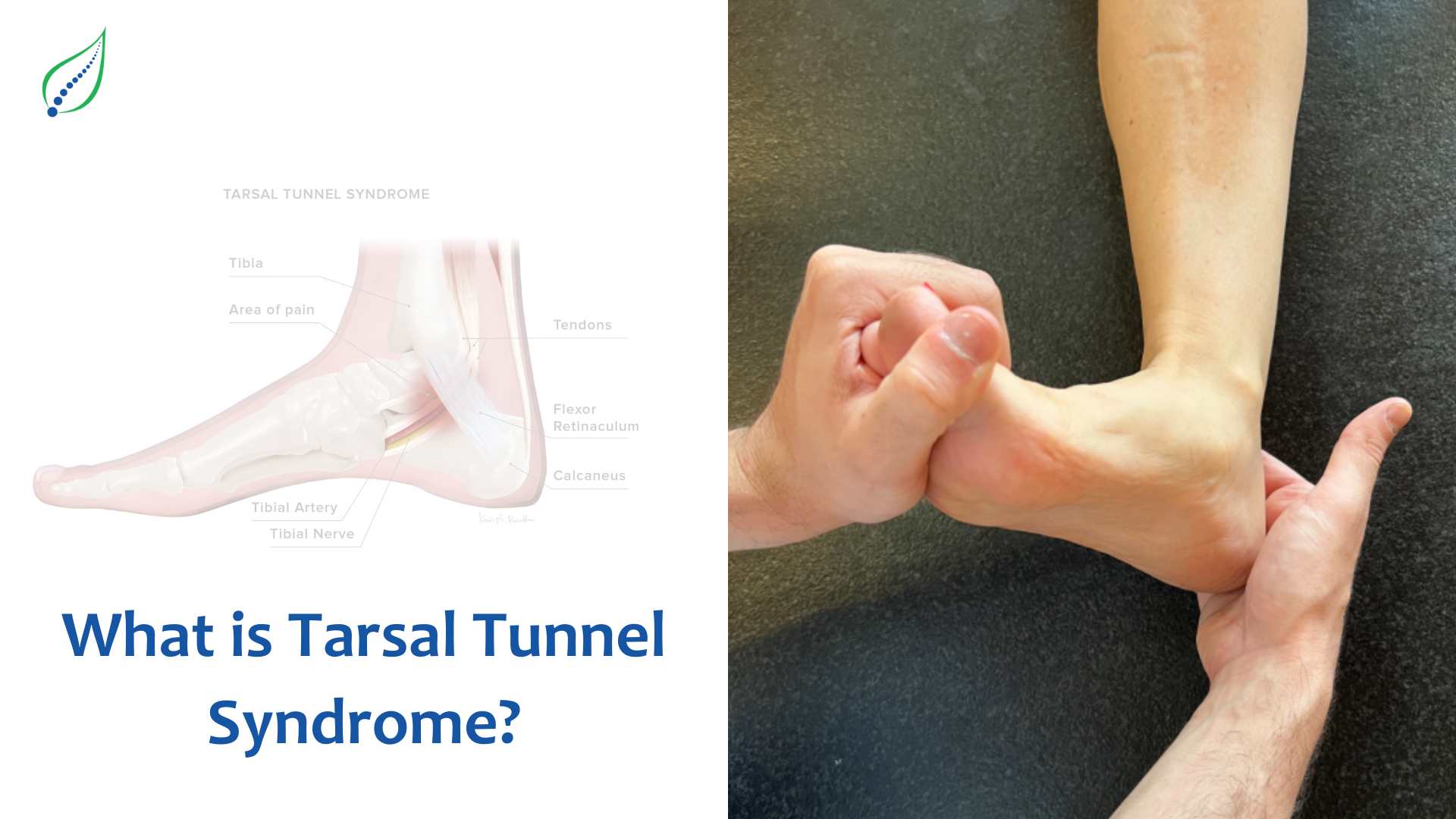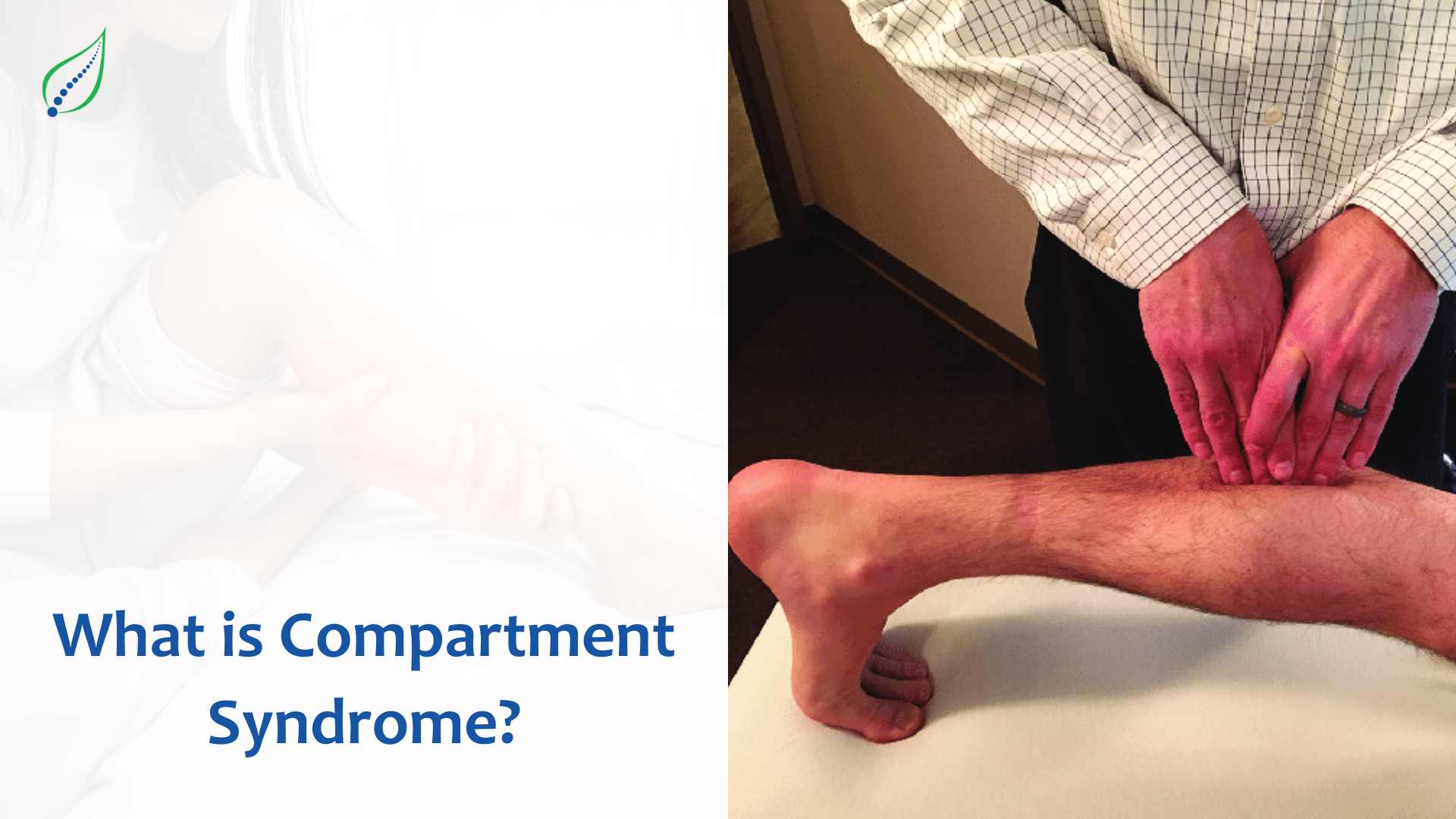Physiotherapy
Physiotherapy is a healthcare speciality related to the assessment and treatment of dysfunctions pertaining to the movement of a body part. Using this therapy, doctors can develop, restore, and maintain the movement and function of an individual joint. Physiotherapy treatment is extremely helpful to alleviate pain and improve body functions and movement.
The Doctors at Spinalogy are expert at applying various Physiotherapy techniques to resolve health problems. The Physiotherapy plans at Spinalogy are created not just according to a patient’s health issue but also his/ her lifestyle, underlying problems, related health issues, daily tasks, and more. In our experience, the same problem in two different individuals might not be caused due to the same reasons (it rarely is). Hence, their treatment should not be the same either.
We make sure that our patients receive individualized treatment and care, which enhances their body’s functionality and helps them perform optimally all day, every day.
We believe in treatments while the patient is active in his/her daily activities. We rarely advise strict bed rest and no activity. The goal of our treatments is always to restore the natural rhythm of your body and get you back to 100% normalcy in your work and routine life. We might advise you to change the way you do work but rarely do we advise you to change the work you do! This we call Functional Rehabilitation.
Physiotherapy Techniques
We make use of a combination of various treatments to ensure that you heal completely, in a manner that prevents reoccurrence of the same.
Manual Therapy
This technique is mostly used when a joint is dysfunctional or a muscle is in spasm, or under distress. Manual therapists use their hands and manual pressure to manipulate joints and reduce tension or spasm in a muscle. No devices or machines are used in any of the manual therapy techniques.
- Soft Tissue Mobilization
Soft tissue mobilization is used to increase circulation in muscles, reduce pain, break scar tissue, and many other reasons. Using this technique, soft tissues like muscles and tendons are relieved from the pain and discomfort to enhance their functional value. At Spinalogy, we use the following soft tissue mobilization techniques for pain relief:
Muscle Energy Techniques
Cyriax’s Mobilizations
Myofascial Release Techniques
- Joint Mobilization/ Manipulation
These techniques are applied to joints to adjust or realign them. These techniques help in pain relief, increasing flexibility by reducing stress and tightness in tissues around a joint. There are different techniques of joint mobilization available, each having their own specific guidelines such as:
The Kaltenbohn’s Joint Mobilization Techniques
The Maitland Technique of Joint Mobilizations and Manipulations
Joint Mobilization/ Manipulation
- Neural Mobilization
The nervous system is a continuous structure, which regulates bodily activities by carrying messages to and from the brain and spinal cord. If there is a bulge in the spine, some joints are swollen, or there is degeneration of the spinal cord, then the nervous tissue is interrupted leading to pain. This pain can be alleviated by using manual therapy techniques designed specifically to target these conditions. The two most effective neural mobilization techniques are:
Butler’s Neural Tissue Mobilization
Shacklock’s Nerve Mobilizations
- Taping
Also known as a ‘Strapping Process’, Taping involves attaching tapes to the skin to physically keep muscles or bones in place. It is usually used for patients who suffer from over exertion or injuries. It helps in quick recovery and pain reduction, as it enhances the proprioceptive result in the joint and limb.
Physiotherapy Modalities
Physiotherapy modalities are used for pain relief. While using physiotherapy modalities, electric energy, heat, or manual force is used to cause a change at a physiological level. These processes have proven to be extremely effective, even in short time periods. However, these methods should be accompanied with active therapy for long-lasting results.
- Heat Applications
Heat is applied to tissues to help reduce pain or spasms in muscles. Heat can be applied to affect superficial or deep-seated tissues depending on the condition.
- Cold Applications
Ice packs or ice massage is used for acute injuries and for pain relief. It reduces swelling, inflammation, and muscle spasms.
- Electrical Agents
In these, machines are used to produce electric energy that provides deep stimulation and pain relief. Some machines use currents to produce interference patterns either superficially or deep inside tissues. In other procedures, sound waves and vibrations are produced for a micro massage resulting in deep pain relief that soothes. We use following electrical agents -
Interferential Therapy (IFT)
Transcutaneous Electrical Stimulations (TENS)
Ultrasound Therapy
Exercises
Exercises are considered as active therapies. They help in bringing about local and systemic transformation. They don’t just have an effect on the external body but also on all the systems of the body, viz. nervous, musculoskeletal, endocrine, and circulatory, to name a few. They help in treating the cause of the pain or discomfort. Most physiotherapy treatments are supported with exercises aimed at strengthening a body part, or increasing its flexibility. Therapeutic exercises can be further classified based on the function they are aiming at:
- Strengthening Exercises
- Stretching Exercises
- Flexibility Exercises
- Postural Correction Techniques
- Core Strengthening/Stabilization Exercises
- Proprioceptive Neuromuscular Facilitation (PNF)
- William’s Flexion Exercises
- Mckenzie’s Positions and Extension Exercises.




